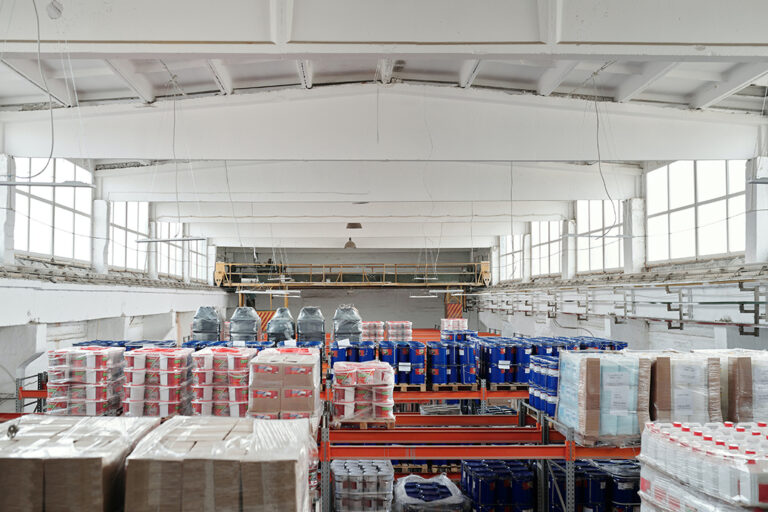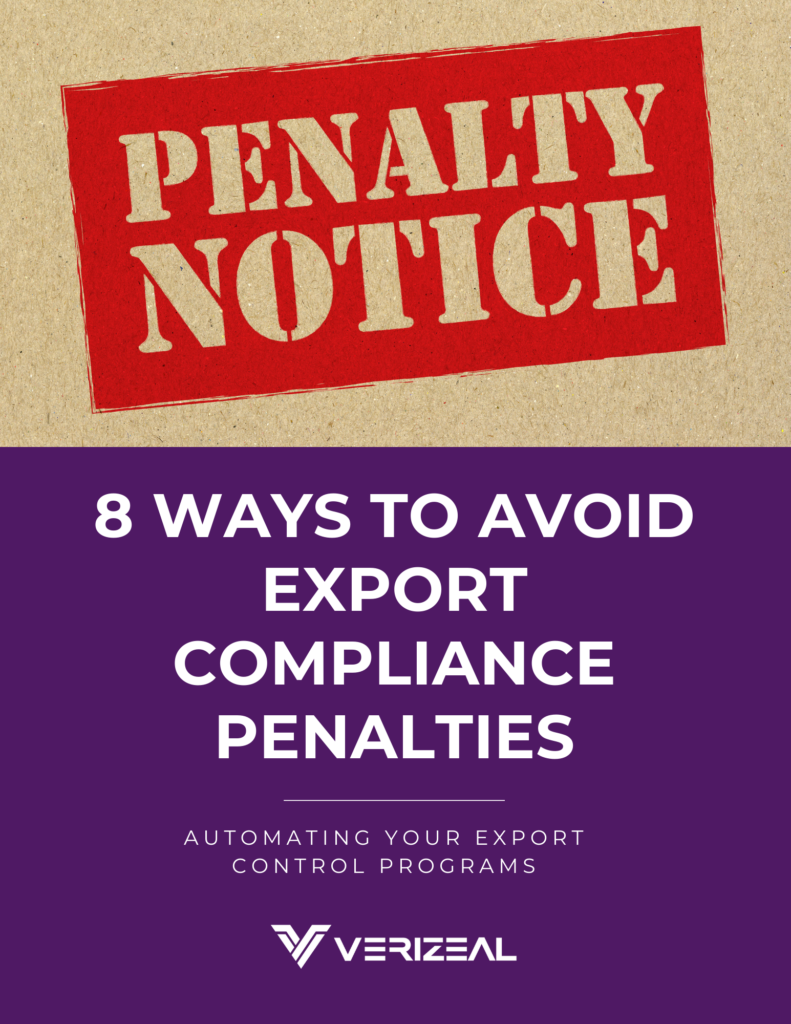The last few years have been tumultuous ones for the logistics industry. Shipping managers have had to overcome a variety of obstacles and disruptions to the supply chain. Technological and political changes have created a more complex and quickly changing global market. These conditions mean that export managers must be able to adapt and remain flexible in dealing with the challenges they face.
1. Increased Sanctions
The emphasis on a global economy has highlighted the importance of the appropriate standards of conduct and business practices. The last year has indicated that there will be increased sanctions, particularly against China and Russia. Exporters will need to make sure that they are following the sanction regulations in every export transaction. While most export shipments are usually determined by ECNs (Export Control Numbers), the Russian Industry Sector Sanctions are based on the Schedule B codes and Harmonized Tariff Schedule (HTS) codes instead of ECNs. Schedule B and HTS codes are the general schedules for export and import into the U.S. and are based on the global Harmonized System (HS) which is used to classify all products. Export managers must ensure compliance with all updated sanctions.
2. Environmental Concerns
Global supply chains have been forced to put an emphasis on green initiatives. Customers have become savvier in how the products they purchase are manufactured and shipped. The ongoing trend in the industry is to take steps to reduce CO2 emissions and make more conscious decisions about protecting the environment. Technology and the digitization of the industry can help use fewer resources and reduce emissions. And switching to lower-emission fuels and modes of transport is the most effective way to protect the environment in the transportation sector. With the International Maritime Organization (IMO) pushing for a reduction in emissions by 50% by 2050, export managers are becoming more aware of the steps needed to take to take for increased sustainability. The use of alternative fuels in addition to the expansion of shore-side power supply in ports are helping to reduce greenhouse gas emissions and meet the goal of climate-neutral shipping.
3. Hiring Issues
Across industry, the lack of an adequate number of employees is creating challenges for export managers. The challenges of recruiting and retaining qualified staff within the logistics and transportation industry are not expected to improve. The Organization for Economic Cooperation and Development (OECD) found that 20 million fewer people are now not working as opposed to pre-pandemic numbers. There are many logistics roles that do not have trained employees to perform, leading to delays in delivery, higher costs, and the inability to meet customer deadlines. Logistics managers may find a significant turnover and schedule delays as employees leave for better opportunities.
4. Fluctuating Costs
Inflation over the last year has increased the prices of many key commodities, including food and fuel. Higher fuel costs mean higher prices throughout the global economy. If transportation costs rise above a certain level, export managers will have to recalculate some of their strategic choices in how they export. Similarly, if they were to fall again, managers once again must make sure their organization is aligned with prices. The entry of new countries into the global market has increased the demand for raw materials and resources as well as added millions of new consumers. There may be increased competition for resources that managers need to operate their supply chain. One of the key tasks for export managers will be to create a strategy to deal with fluctuating costs while mitigating the risks.
5. Risk of Recession
While many economists have been talking about a potential recession for over a year, partially because of the rising price of essentials, it has yet to fully happen. However world trade has definitely slowed, and export managers need to respond accordingly. The higher prices of essential goods are leading households to spend less money on other goods and services, which is affecting certain industries more than others. Major central banks raised interest rates earlier this year in an attempt to level inflationary pressures, which could trigger recessions in some countries, which would impact imports and exports.
Solutions to Logistics Challenges of 2023
Export managers can help mitigate the risks to their operations and ensure the success of their business by doing the following:
- Keep on Top of Compliance Regulations. Compliance regulations like export sanctions and re-classification of products change often. Export compliance managers need to remain aware of all changes to the regulations in the countries which they trade with. While there are resources to help manage these regulations, using a logistics collaborative platform can make the compliance portion a lot easier.
- Utilize Technology. Software and other tools can optimize your shipping operations. If you are working with a limited staff, make the most of every position by using your employees to the best of their ability. Technology can help organize international shipping documentation and track shipments for a better shipping experience with fewer errors and faster delivery times.
- Revisit Strategies. The strategy that was set at the beginning of the year may need to be revised based on current market conditions. As a logistics manager, flexibility to pivot is key to succeeding in a tumultuous market.
The Verizeal Solution
There are many factors affecting international trade today and export managers need to be able to manage it all. The Verizeal platform helps export managers with compliance with solutions like documentation management, restricted parties screening, and regulatory updates. Verizeal can help reduce customer delays by 25% and eliminate up to 95% of calls to shippers for clarifications. We can take the typical compliance checklist down to just three easy steps to ensure that you are meeting all the export shipping requirements.



